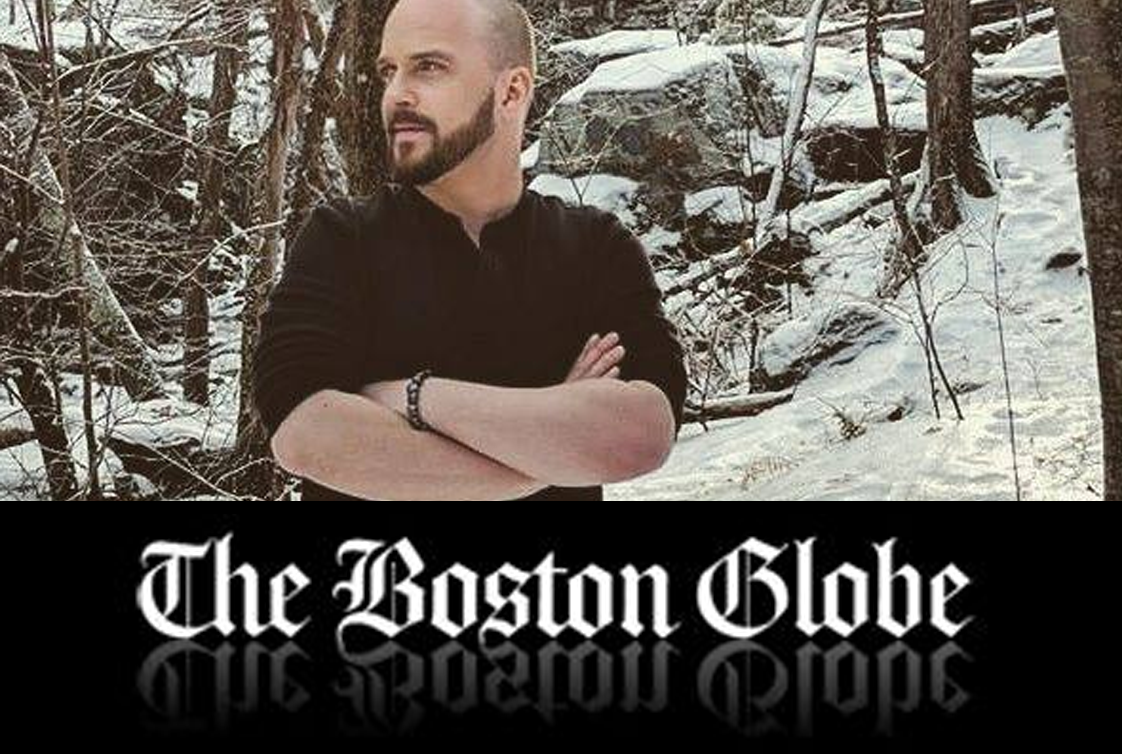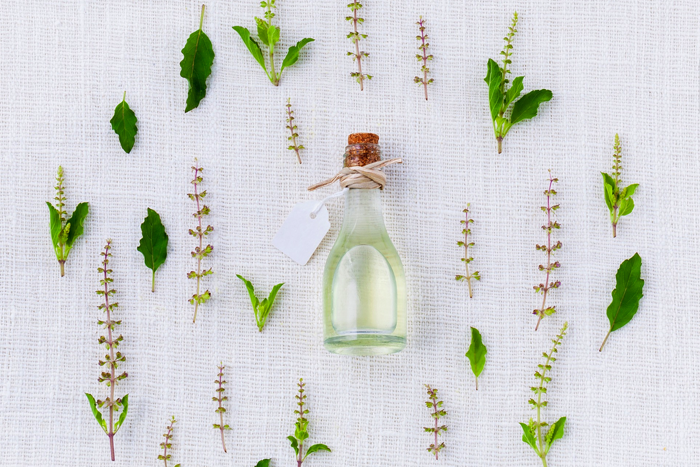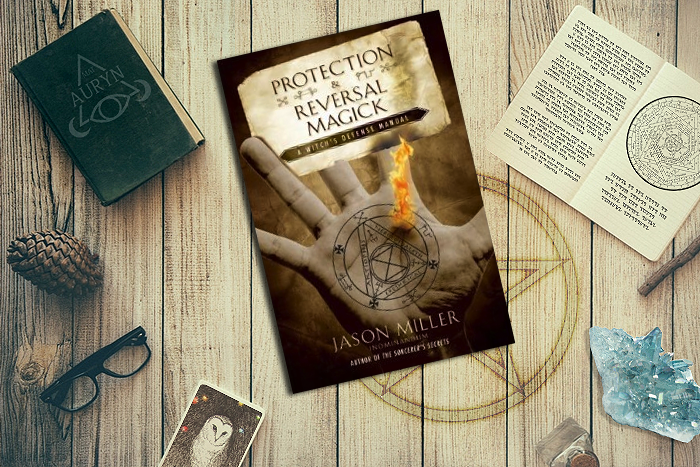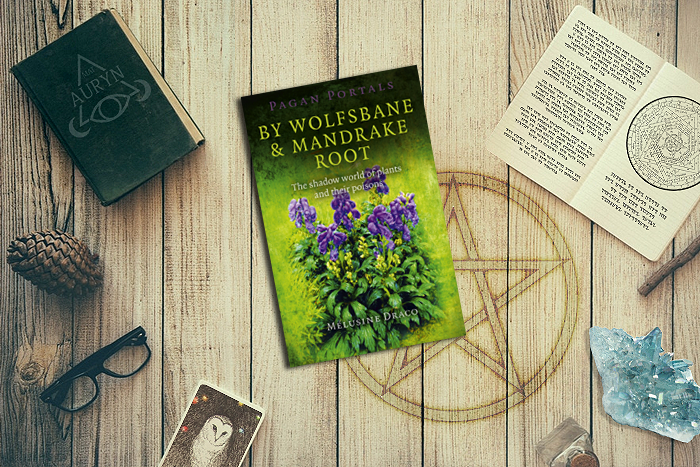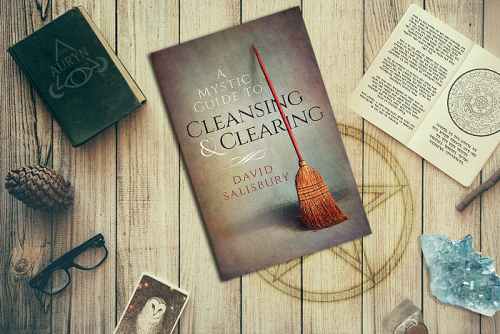I was interviewed for the Boston Globe about Witchcraft’s popularity with Millennial and Gen Z folks while working in Salem, Massachusetts.
Exerpts:
“There’s a sense of wanting to be empowered and have control of one’s life and one’s destiny in a political climate where things feel very grim and hopeless,” said Mat Auryn, a 32-year-old witch from Leominster and author of the forthcoming book, “Psychic Witch: A Metaphysical Guide to Meditation, Magick & Manifestation.” “For me, witchcraft partially is a path of empowerment, so honestly that’s what I feel that gravitation is.”
“Witchcraft has always been a practice of the marginalized,” Auryn said. “We see a lot of queer people, a lot of people of color, disabled people. It tends to be people that witchcraft attracts that aren’t already embraced by our larger patriarchy, for lack of a better word.”
Read the full article here: https://www.bostonglobe.com/lifestyle/2019/10/30/millennials-and-gen-embrace-witchy-new-age-spiritualism/ojetIu5fYahXu4dxa2IF6I/story.html
